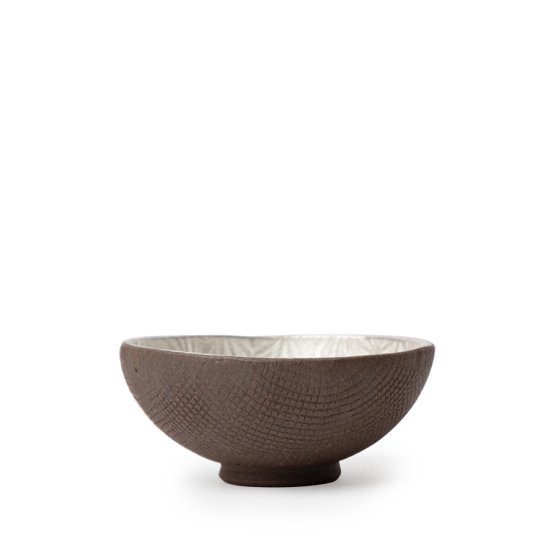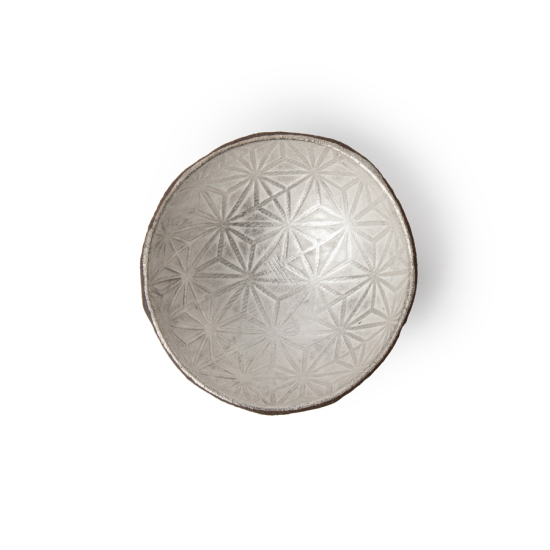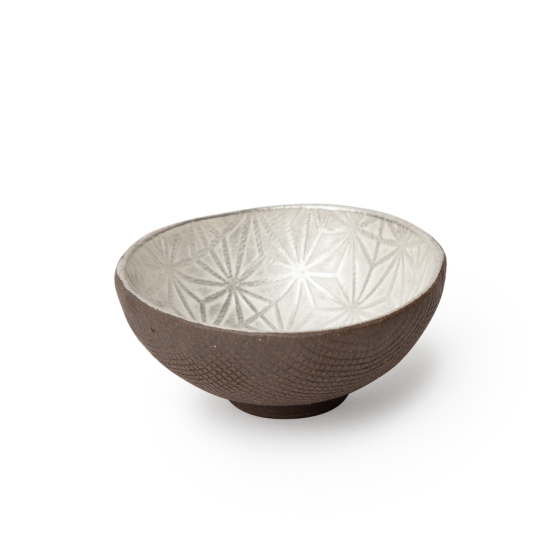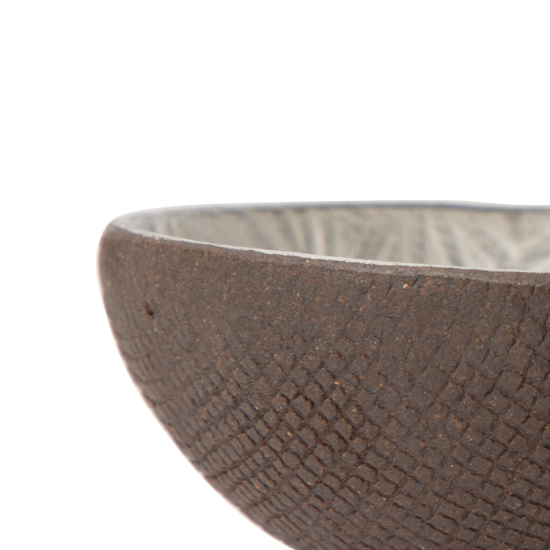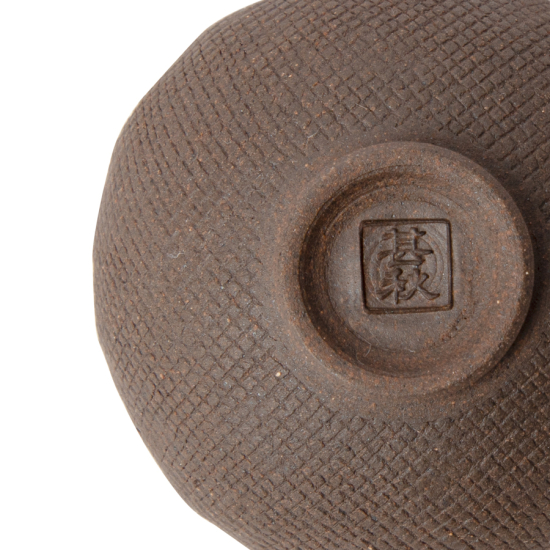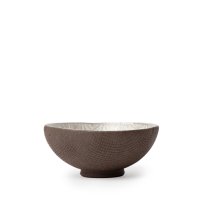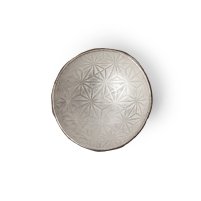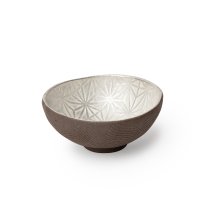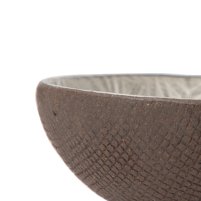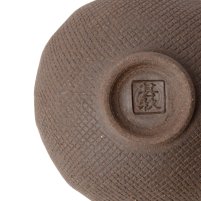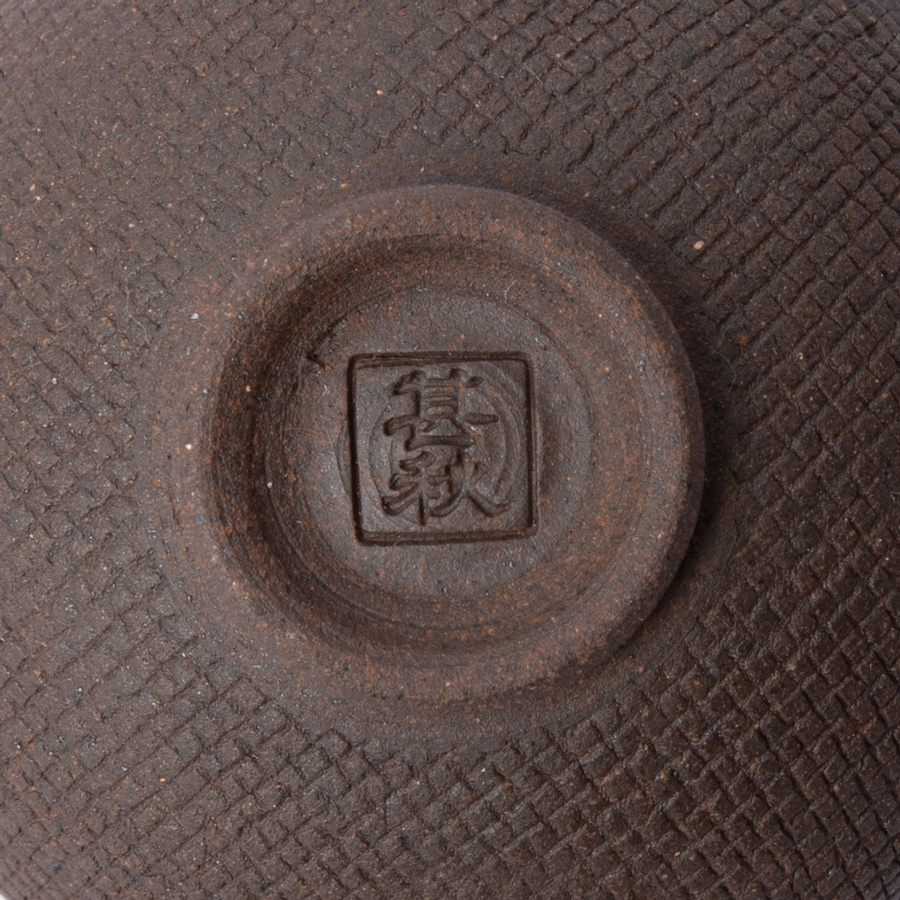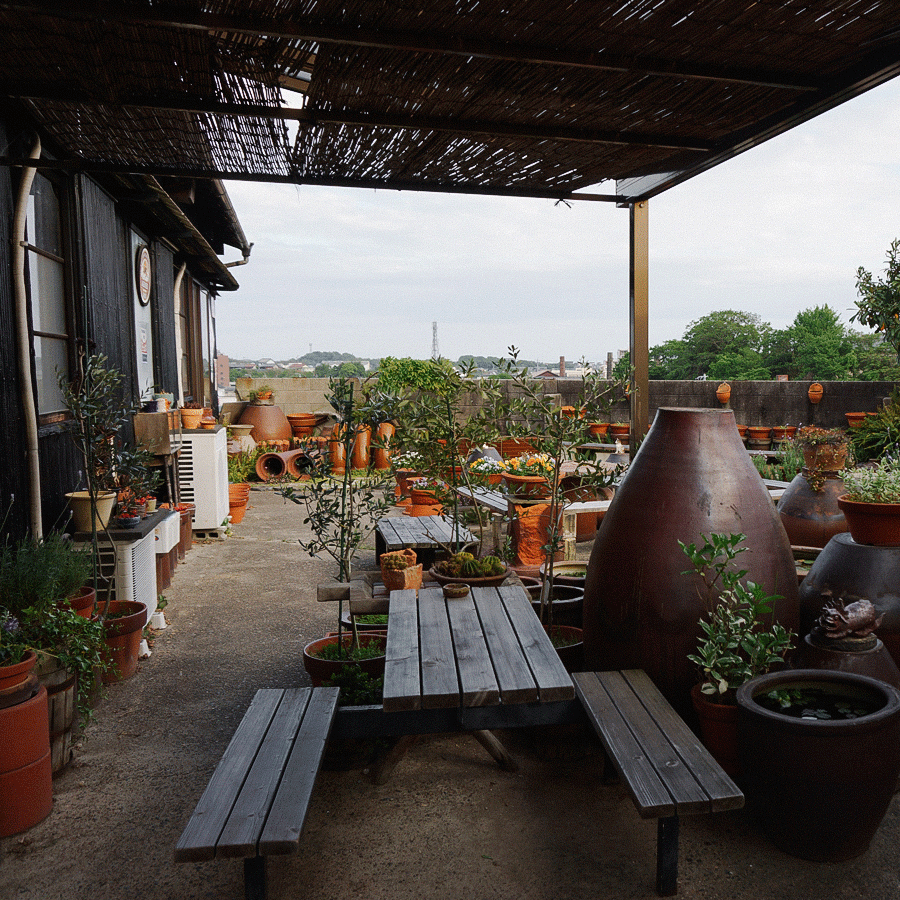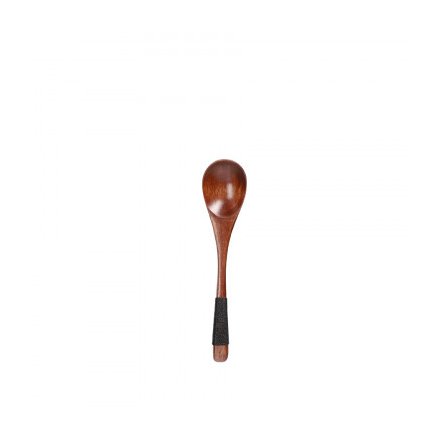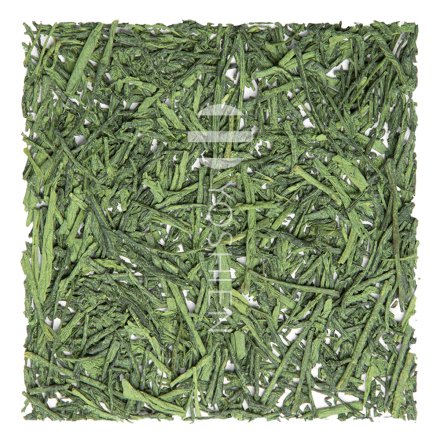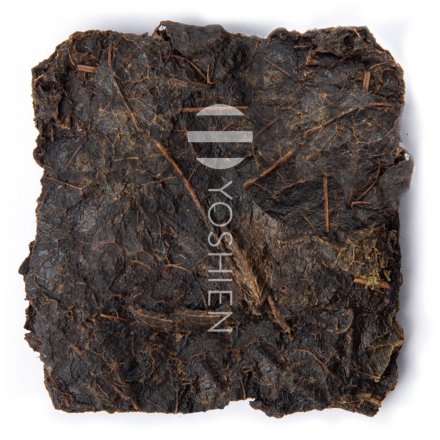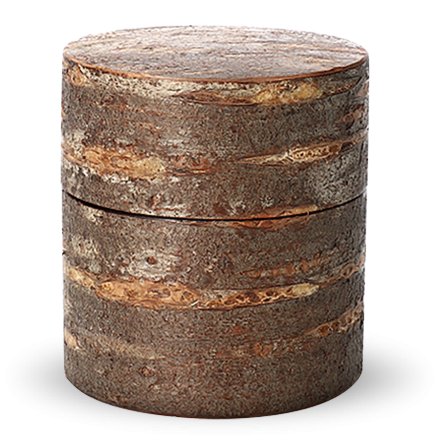Founded by Minoru Ito in 1955, Jinshu Tōen is a ceramics kiln in Tokoname that is now represented by Seiji Ito (b.1949), the second generation of Jinshu. A much sought-after certified Traditional Craftsman, he began his career as a potter at the age of twenty initially focusing on teacups before turning his hands to Kyusu teapots.
Combining form and function, the teapot that defines Jinshu is the multi-award winning Hira (“flat”) Kyusu. Shallow with a wide base, its shape enables tea leaves to spread out across the increased surface area to enhance the aroma and flavour, besides helping cool down hot water faster with the greater exposure to air. For these reasons the Hira model is perfect for brewing fragrant green teas at lower temperatures.
Apart from the red Shudei clay that Tokoname is famous for, Jinshu also uses white and black clays, sometimes mixing them together to produce unique results. Embracing materials and techniques indigenous to his hometown, characteristic Jinshu finishes include Mogake: wrapping seaweed around the clay before firing to produce fine, thread-like patterns; a spotted effect by sprinkling powdered oyster shells – a byproduct of local seaweed farming; as well as his signature matte finish using Chara: a coating with properties between a glaze and an engobe.



